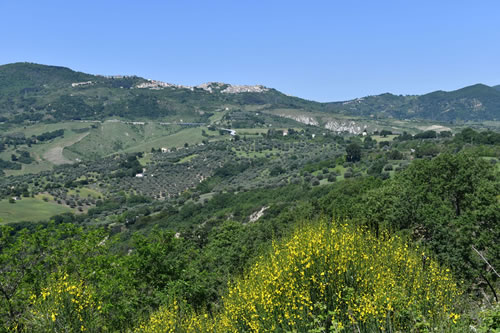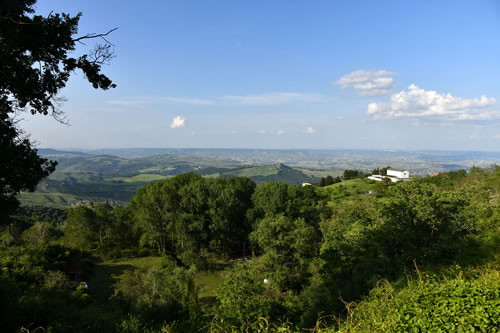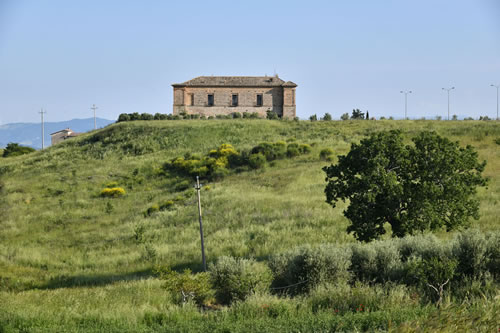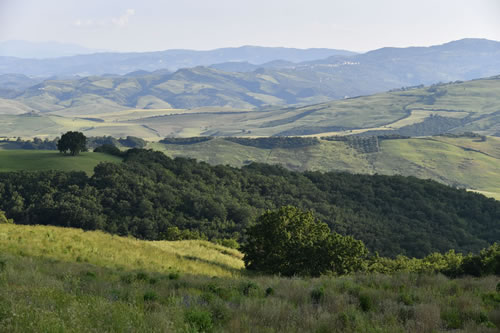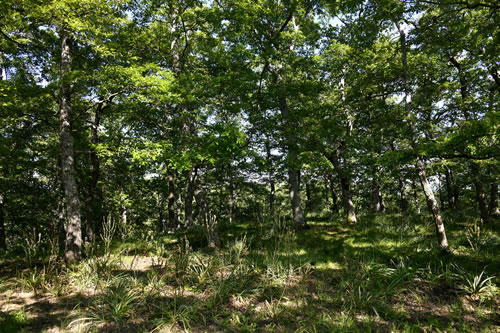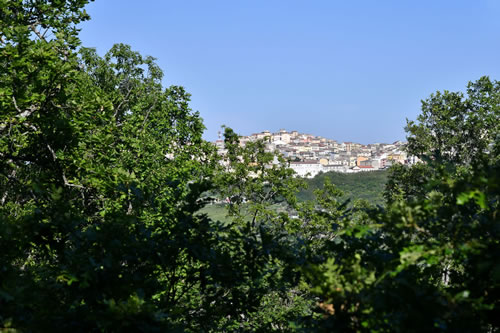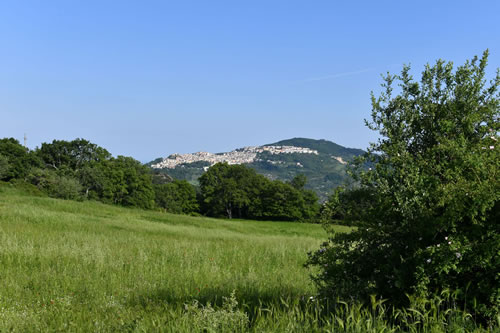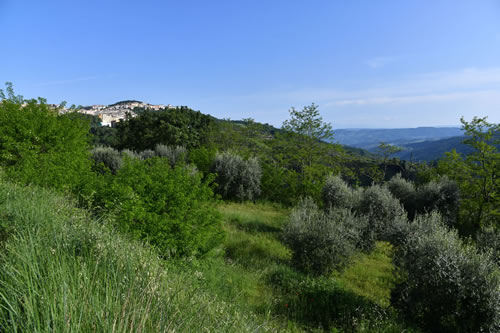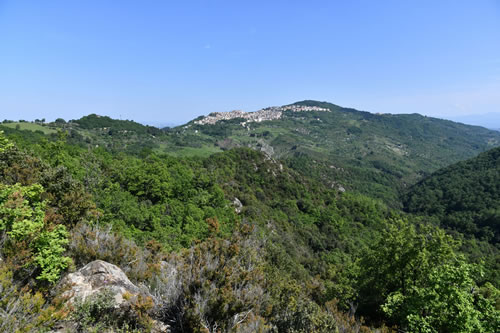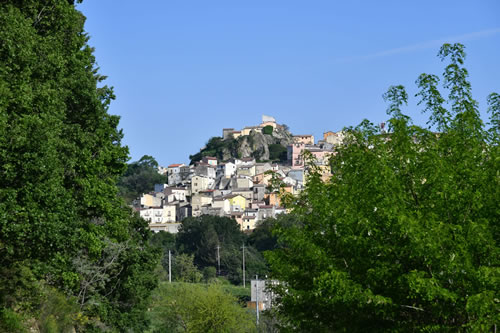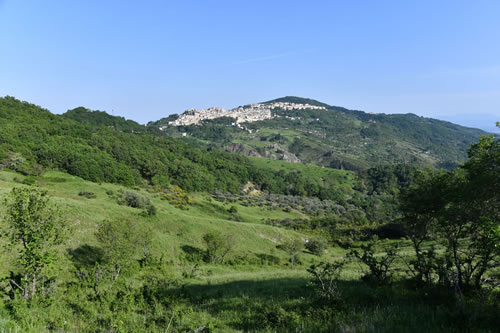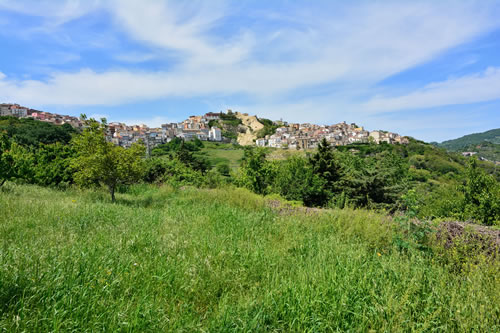 Stigliano
Stigliano is a municipality in
Basilicata in the Province of
Matera, which rises on Monte Serra at around 1,000 meters above sea level.
The economy of Stigliano is traditionally linked to agricultural and agri-food production, given the area’s vocation for the production of very high quality wheat and pasta as a product. Another excellence is the artisanal production of cured meats and cheeses deriving from pig, sheep and cattle breeding in the area.image
In order to protect the production excellence in the agri-food activities carried out in the territory of Stigliano, the Municipal Administration has established the
De.C.O. - Municipal Designation of Origin which is assigned to producers who observe the regulation, including the
Salumificio Artigianale Don Francesco.
Stigliano is still one of the most important centers in the Lucanian hinterland. Since 1637 Stigliano has been the capital of the first autonomous province of Lucania (regional capital). The town retains traces of an important past testified by the presence of numerous noble palaces and the size of its historical nucleus.
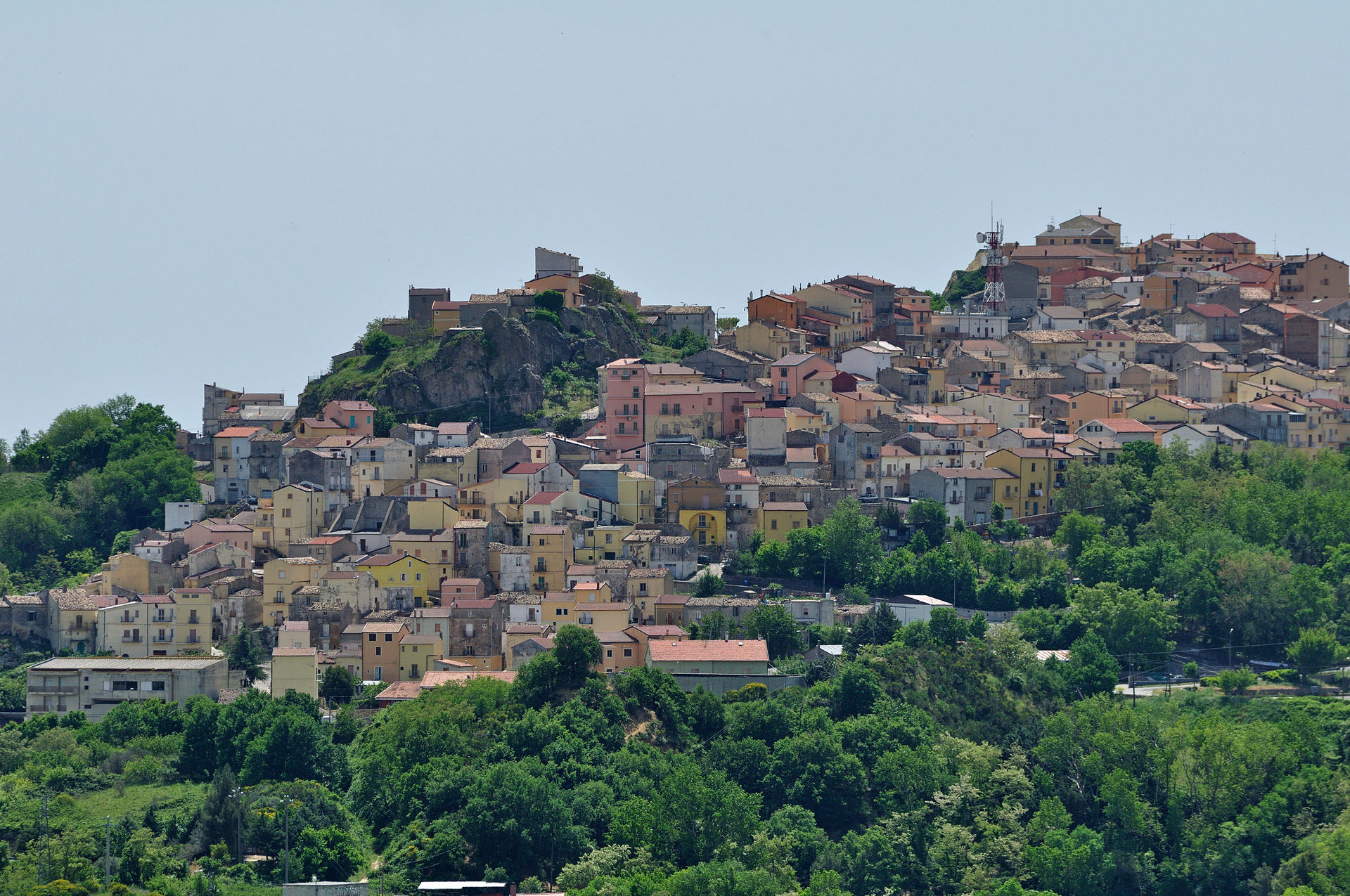
History
The origins of Stigliano date back to the first settlements of the Lucanians.
It later passed under the dominion of the Greeks of
Metaponto, who had founded a large colony of Magna Graecia there. This contact allowed the local inhabitants to get to know a more advanced community and therefore to grow culturally. The name Stigliano, from Roman times, probably derives from the fact that the town became the property of the Hostilius family, the ancient name was therefore Hostiliusanus, from which Ostigliano and then Stigliano.
After the fall of the Roman Empire, Stigliano was invaded by the Goths who fortified it and used it as their headquarters. The Goths were succeeded by the Lombards who divided the southern part of Italy into Principalities and these into Gastaldati. In the 11th century Stigliano was part of the Principality of Salerno; in 1068 it belonged to Roberto Count of Montescaglioso and in 1070 it was donated by him to the bishop of Tricarico, as redemption for his own sins, together with those of his wife Amelina.
Lord of the city was Goffredo Britanno, sufief of the Count of Montescaglioso.
In 1269 the fief passed to Goffredo di Sarzin, former chancellor and prosecutor of the kingdom under Charles of Anjou.
In 1274 King Charles donated the fiefdom to Giacomo di Bosciniano, remembered because the feudal lord quarreled with the university of Craco over the borders in 1276.
In 1289, to honor his father, Charles II donated the fiefdom to Guglielmo della Marra, former governor of the city of Naples, who held it for over two centuries and later passed to the very powerful Carafa family.
From 1556 to 1638 all their property passed to one of his heirs who, by marrying Don Ramiro de Gusman, duke of Medina and viceroy of Naples, established Stigliano as the first capital of Basilicata (17th century).
It later passed to the powerful Colonna family of Rome, princes of Stigliano until 1783 with Don Girolamo Colonna. The thirteenth-century sculptor Meli da Stigliano and Giacomo Trifoglio (Jacopo da Stigliano), architect of the fifteenth and sixteenth centuries, were born there.
In 1806 the feudal privileges were abolished and Stigliano came under the direct administration of the Kingdom of Naples first and then of the Kingdom of the Two Sicilies. In 1861 it entered the Kingdom of Italy. It was later occupied by Carmine Crocco’s brigands, victors in a clash with the royal army, known as the Battle of Acinello.
During the years of fascism, Stigliano was a place of confinement for dissident fascists, as, being at almost 1,000 meters above sea level, it was the only one to escape malaria.
 Stigliano is a municipality in Basilicata in the Province of Matera, which rises on Monte Serra at around 1,000 meters above sea level.
Stigliano is a municipality in Basilicata in the Province of Matera, which rises on Monte Serra at around 1,000 meters above sea level.
 Home
Home ITA
ITA




